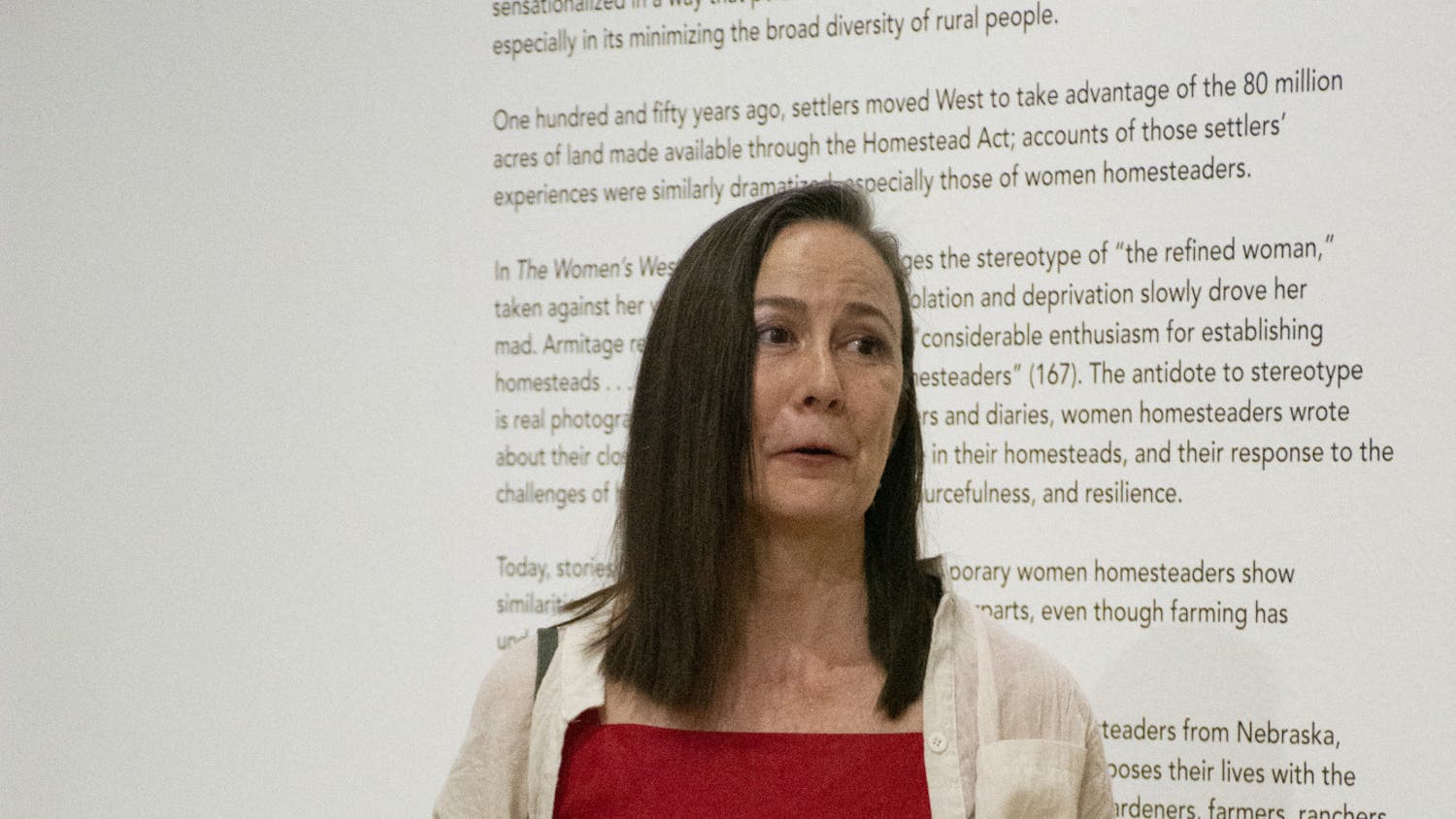It’s been three weeks since New Year’s Day, and people are still likely flooding Ping, grabbing a Nelson salad and saying positive affirmations before class to keep up with resolutions made. Although these goals may not be met for many for the rest of the year, there is something unbelievably human about promising to better oneself, even if it’s temporary.
New Year’s resolutions are anything but new. According to history.com, New Year’s resolutions can be traced back 4000 years to the ancient Babylonians. They were also the first to celebrate the new year, meaning resolutions have accompanied the changing years since they were first acknowledged.
Babylonians would crown a new king during Akitu, a massive 12-day festival celebrating the new year. They marked the turning calendar pages in mid-March when crops were planted, and during the celebrations, they made promises to the gods to pay their debts and return borrowed objects. So for anyone who resolved to pay off student loans, that resolution is as old as the tradition.
Resolutions were adapted from the Babylonians by the ancient Romans, keeping the mid-March celebration until 46 B.C., with the Julian calendar declaring Jan. 1 as the start of the year. January was named for the Roman god Janus, who had two faces: one looking forward to the future and the other looking back for reflection. Romans would make sacrifices and promises to Janus for the new year, continuing the tradition of New Year’s resolutions.
In the Middle Ages, Medieval knights would take an annual Peacock Vow at the end of the year, resolving to continue their vow of chivalry by placing their hands on a peacock.
In a 1671 diary by Anne Halkett, a member of the Scottish gentry and a writer, she titled a page in her diary “Resolutions,” under which she wrote a number of promises, many taken from Bible verses, pledging to be a better person. This entry was dated Jan. 2, 1671, alluding to the practice being common for others as well.
Promises to oneself in the new year became more and more common. In 1802, Hibernian Magazine published a series of joke resolutions poking fun at various occupations. A Boston newspaper from 1813 wrote, “I believe there are multitudes of people, accustomed to receive injunctions of new year resolutions, who will sin all the month of December, with a serious determination of beginning the new year with new resolutions and new behavior, and with the full belief that they shall thus expiate and wipe away all their former faults.”
People continue the practice today, although the most popular resolutions evolve through the years. According to a Gallup Poll from 1947, among the most common resolutions were to control one’s temper, stop smoking and to be more religious. According to Statista, the top New Year’s resolutions for 2023 included exercising more, eating healthier and spending less time on social media.
Resolutions have been around for centuries, but today an average of only 9% to 12% of people keep their New Year’s resolutions. If you stop going to the gym as frequently as you’d promised or slip back into old habits, worry not. For 4000 years, people have made pledges at the beginning of the year and not followed through. You can always try again next year.
Katie Millard is a junior studying journalism at Ohio University. Please note that the views and opinions of the columnists do not reflect those of The Post. What are your thoughts? Tell Katie by tweeting her at @katie_millard11.
Editor-in-Chief






